It is common knowledge that humans are the most intelligent creatures on earth. However, this doesn’t mean that other creatures on our planet are not smart. Many research findings prove that some animals have amazing skills such as communication, memory, and emotions that are a clear reflection of human abilities. There are many things that we know about animals, but discoveries astonish us, and this makes us keep reading and researching to uncover more surprises. Here are some of the things that will keep you interested.
Honey bees
Honey bees are a significant animal species on earth. They are social insects that live in colonies with a strong social organization. Bee colonies consist of the queen, soldiers that protect the queen, sterile males, and workers. Whenever bees sense food, they do a unique dance known as the waggle dance, and it directs other members of the colony to the food source. Scientists came up with an astounding discovery that bees can count, add, and subtract after showing them that yellow meant subtraction and blue meant addition.
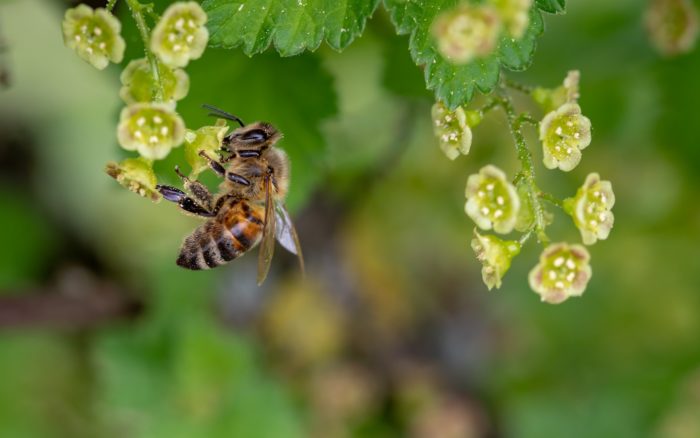
Horses
Horses have always fascinated humans since time immemorial. They are symbols of status in society. It is deemed prestigious to own a horse. There is a special relationship and a deep understanding between humans and horses. The bond is one of the reasons humans use horses in racing. Horses understand various symbols, signals, and they can communicate in different ways. They are fast learners.
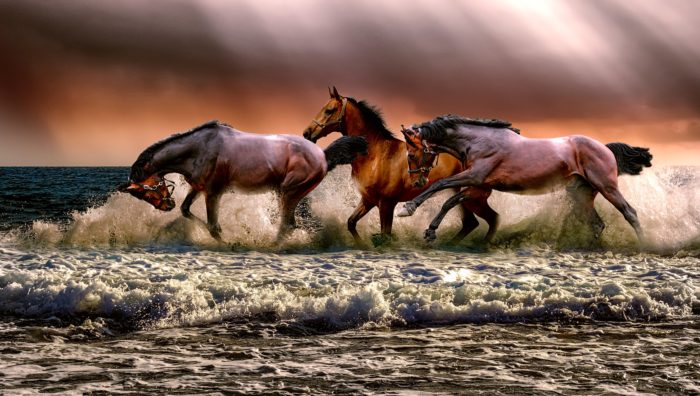
New Zealand robins
The New Zealand robins are another wonder to behold. They are exceptional at reading their mate’s behaviors and what they want, something that most human men can’t seem to understand. New Zealand robins know what their mates want to eat and when. Female robins are much like human females with changing appetites. The male robin will try to accommodate these changes, which is usually hard for human males.

Jumping spider
The jumping spider is brilliant, despite the small size of its brain. Jumping spiders have a perfect vision which they use to capture their prey effectively. They have quick reflexes that allow them to move faster than other animals. Losing the physical sight of their food does not discourage them from searching. The Jumping spiders will always continue with the search until they finally find their food, and most often they do.
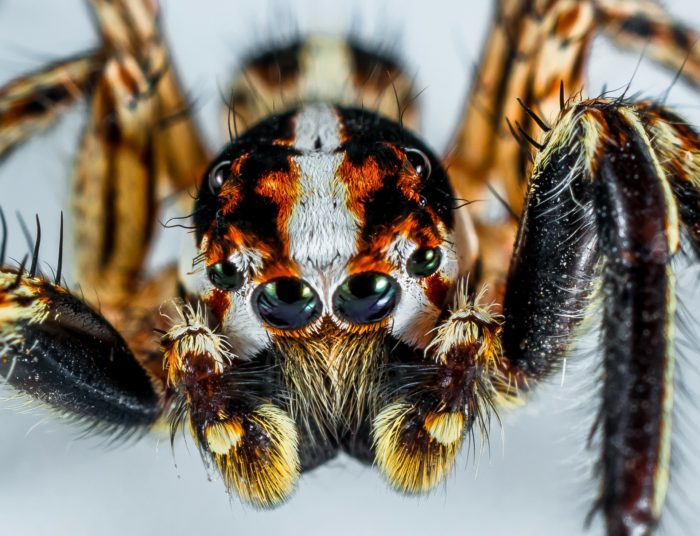
Squirrels
Squirrels are intelligent animals that bury their food when they sense that someone may be watching them as they handle it. They hide it somewhere on their bodies, but they pretend to have buried it. When they do this, they run off somewhere else to bury the food. Squirrels are experts at solving problems, and they always find their food quickly. People consider them as pests, but if viewed closely, they are smart animals with brains.
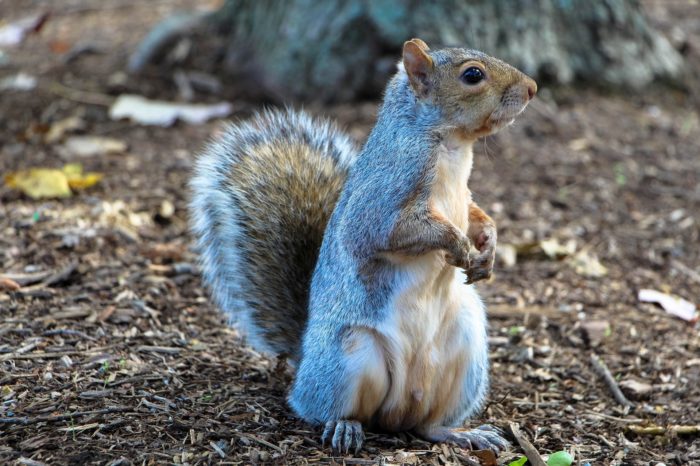
Octopodes
Octopuses, Squids, and cuttlefish are the smartest invertebrates underwater. Octopuses are crafty animals, and it is for this reason that people struggle to keep them in aquariums. They are curious animals that can solve puzzles and open jars. Octopuses use coconut shells as their hiding places along see floors.
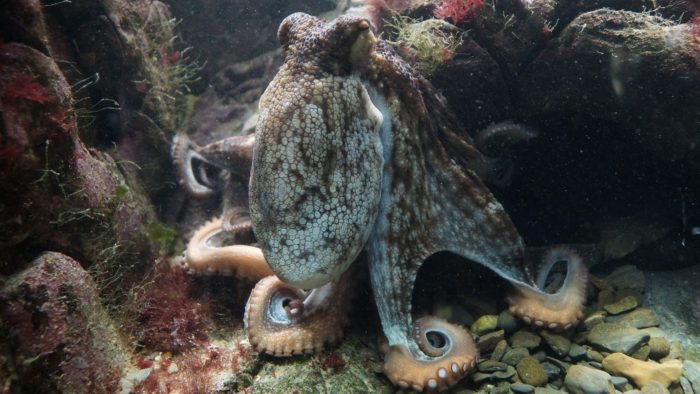
Chimpanzees
Chimpanzees and humans are incredibly similar. They are our closest living relatives, and we share about 99% of our DNA. Chimpanzees mostly live in social communities, and they adapt to different environments just as humans do. They can also learn sign language. Chimps are primarily vegetarians, but they can eat meat and insects from time to time. The similarity between chimps and humans makes their interaction possible.

Pigs
Research shows that pigs are among the smartest, cleanest domestic animals on earth. People may not believe this, but the mud they roll in help to cool off their bodies because they do not have sweat glands. Pigs are similar to humans in the sense that they interact with others. They have superior long-term memories. They use mirrors to find food.

Whales
Whales are magnificent creatures that swim through the ocean gloriously. They are social animals that live in schools. One similarity between humans and whales is the ability to communicate using local dialects, such as the Sperm whale. They can also learn from each other.
Whales show altruistic behavior where they can put their lives in danger to protect others. A good example is the humpback whale which objects to orcas that kills gray whale calves. Altruism is a high form of intelligence.
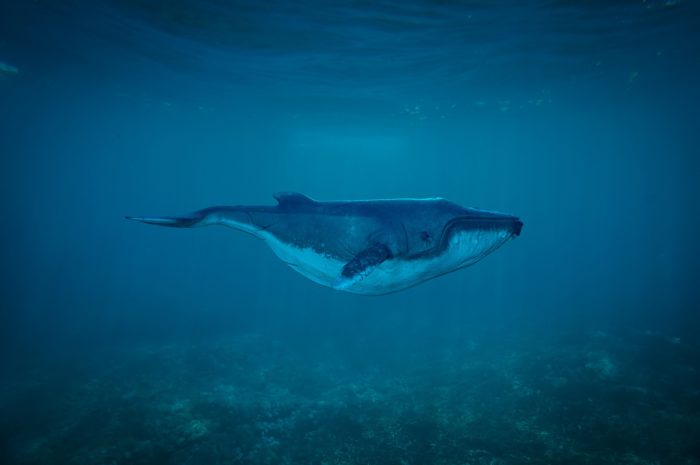
Elephants
Elephants have the biggest brain compared to all other animals. The cortex has many neurons, just like the human brain. Elephants have amazing abilities, they can see themselves in mirrors, and they can also learn. They show compassion and help each other in the wild. Elephants use their trunks to communicate with other elephants. They can memorize the location of watering holes due to their exceptional memories.
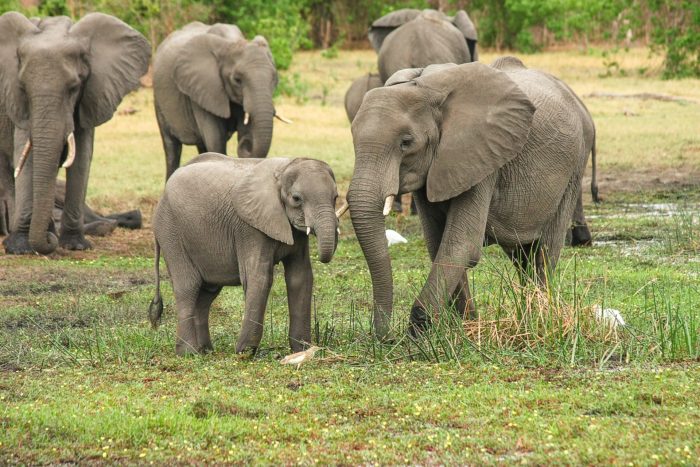
Crows
Crows can operate on the level of a seven-year child due to their high intelligence. They have a super memory and can remember where they store objects and the location of their prey.
Crows can remember different human faces, and surprisingly, they can even hold grudges against people. They can communicate with each other and warn other crows about approaching danger. They understand that every person is unique, which is impressive.
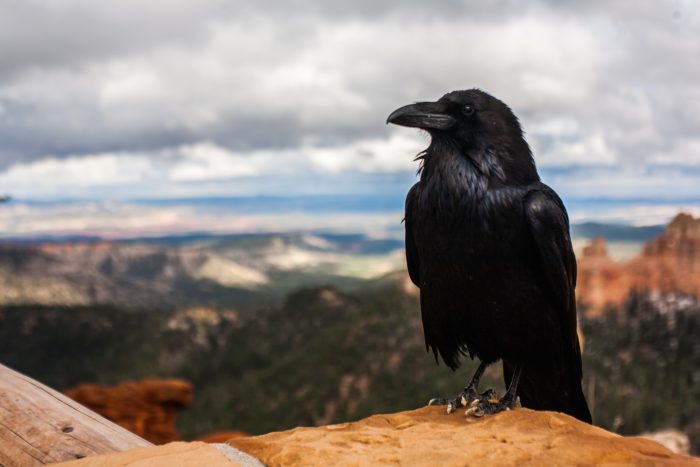
African Grey Parrots
African Grey Parrots are said to be the cleverest of their species. Studies have proven that they possess brilliant reasoning abilities. These birds need to exercise and socialize often. African Grey Parrots are hard to keep occupied, and this is the reason they keep talking for a long time. These parrots have a mental capacity of a five-year-old child, a rare occurrence in other birds.
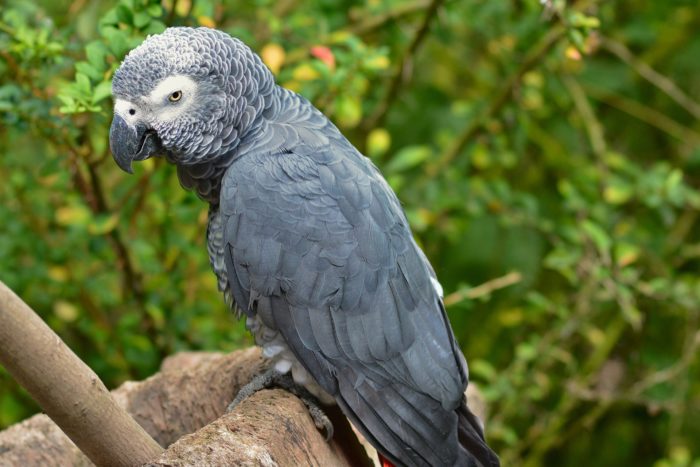
Bottlenose dolphins
Bottlenose dolphins are beautiful creatures that communicate with other dolphins using vocal signatures. They use vocal learning to develop these vocal signatures. This vocal signature identifies each dolphin.
Dolphins help ill or injured dolphins that are members of a pod. They mostly join humans to catch fish, which is their chance to get food.
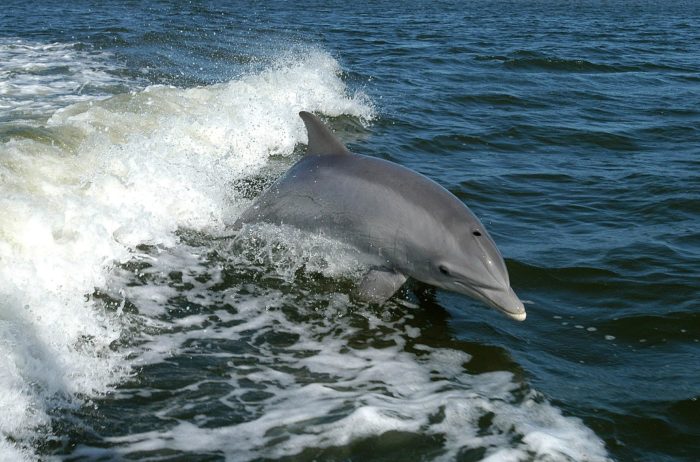
Baboons
Baboons are smart animals that mostly live in social groups. They may not have an intellectual level as apes, but they are brilliant in their unique way. Researchers have put baboon to test, and they have discovered that they have a keen understanding of mathematics and numbers. Baboons are capable of building friendships and maintaining functional social interactions. They are friendly animals that relate well with others even if they don’t belong to their pack. They can adapt to different environmental conditions.
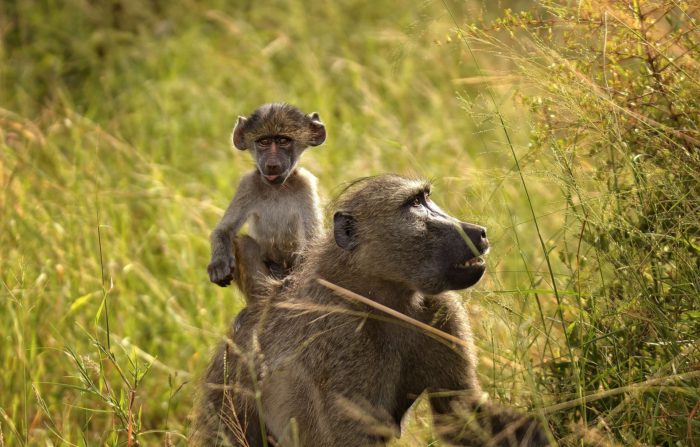
Dogs
Dogs are incredible animals that have a unique bond with humans. They are essential in the police force for search and rescue; they guide and support the blind. Dogs are man’s closest friend as they take care of man and man also takes care of them.
Dogs are intelligent animals that can solve problems independently and understand how others feel. By understanding the emotions of those around them, dogs can react and respond appropriately.

Raccoons
Raccoons are very stubborn animals, but this is mainly due to their high level of intelligence. They are constantly running to steal food in houses, they scavenge in trash cans and can smell food from long distances. They hide in strange places, but when the time is right, they come out to get food.
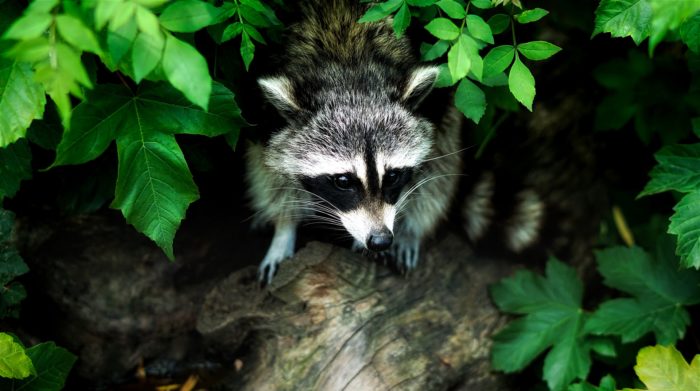
Cats
Research has shown that cat brains are more advanced than dog brains. Cats have a complex cerebral cortex which has 140 million more neurons than dogs. A cat’s brain can process information, make decisions, and solve problems. Cats build lasting friendships with humans.
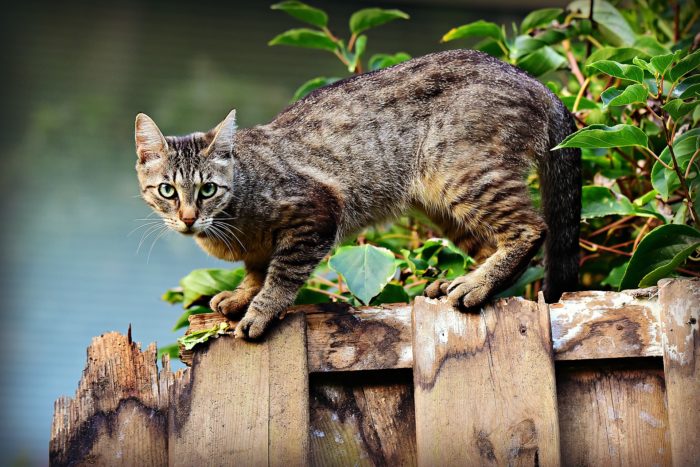
Pigeons
Pigeons are quite intelligent animals that often considered rats with wings. They teach their young ones about flying techniques and the best flying routes. Pigeons have been included in many experiments to test animal cognition. They can recognize the 26 letters of the English language. Pigeons can be taught complex actions and how to respond to them.
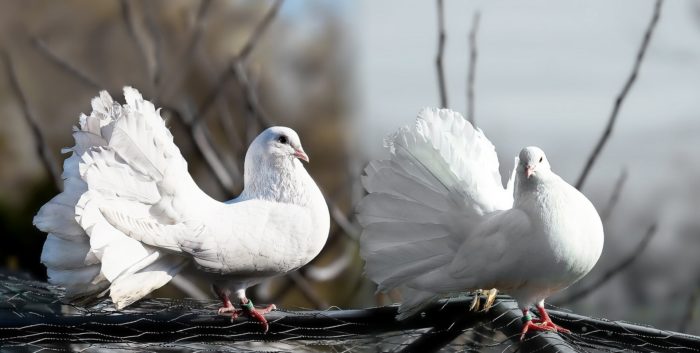
Blackspot tuskfish
The blackspot tuskfish is a resourceful fish that enjoys feeding on prey that has a hard shell, like the clams, snails, and crustaceans. To break the shell, this fish will repeatedly slam the victim into a rock, and when the shell breaks, it enjoys its meal.

Monitor lizards and red-footed tortoises
Monitor lizards have an astonishing ability for problem solving, understanding, and are fast learners. They are among the smartest reptiles.
The red-footed tortoises learn through watching the activities of other tortoises. They use environmental strategies to search for food.
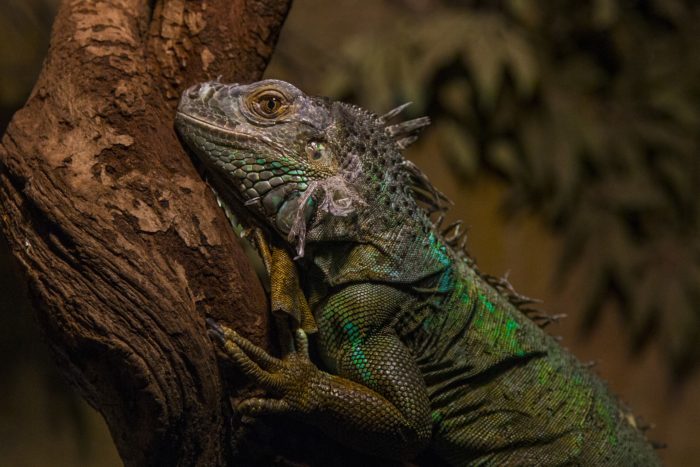
Manta rays
Manta rays have the biggest brains out of all the fish underwater. The intelligence capacity is more extensive than average in some sections of their brains than others. They are curious, and unlike other animals, they inspect themselves when presented with a mirror. Manta rays interact with others in the ocean while showing off their skills.

Rats and mice
Rats are small social animals known to be altruistic. Scientists in labs have used them due to their social nature. These rodents can have feelings of happiness and can also be stressed. From experiments, rats learned to share things with other rats and even learned to free their mates from traps.
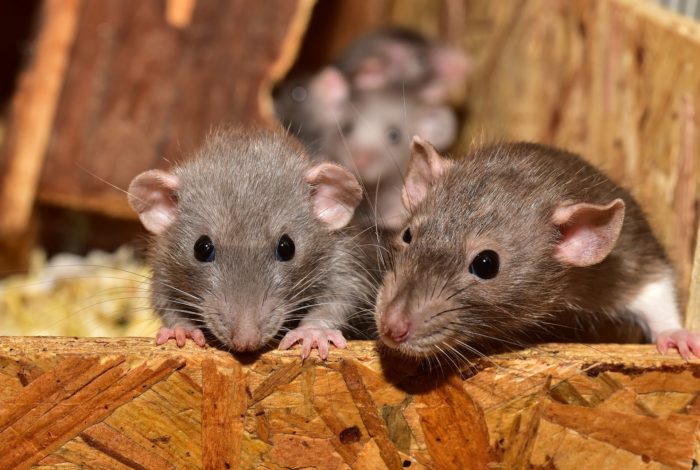
Ants
Ants are small insects that live in social groups. They may be insufficient as individuals, but they become very efficient when they come together as a group. Ants have the smell of different ‘jobs’ on their bodies. When one ant cannot smell a particular job on another ant, say if they cannot detect a food ant, they quickly take on that job. Ants have bigger brains than other insects, and together they can do almost anything.
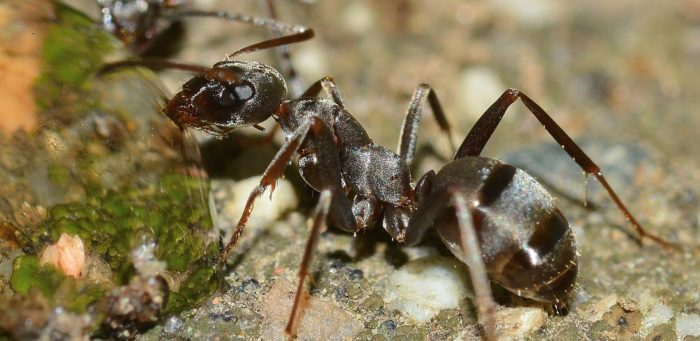
Moray eels and groupers
Fish are not the smartest marine animals, but when it comes to the moray eels and groupers, they are an exception! They come together to form the most efficient hunting group.
The grouper shows the moray eel where a pray is hiding by performing a headstand. When the moray eel prises the prey from its hiding place, the grouper catches it.
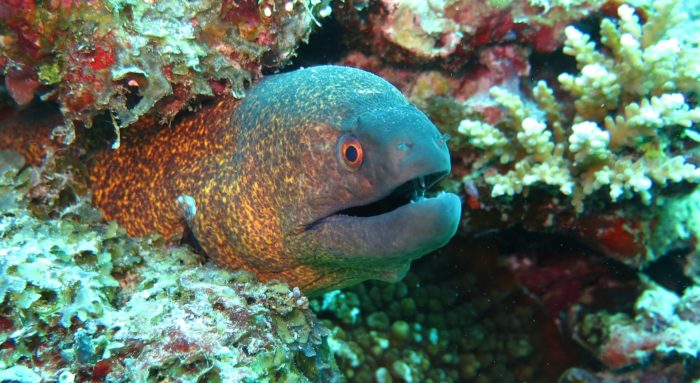
Emerald anole lizard
Emerald anole lizard is a small crafty lizard that catches its prey from above. Researchers tested their adaptation to different hunting strategies by putting food in a hole with a cap on. The lizards bit off the cap with their snouts. This ability altered the perception that reptiles only act upon instinct, clearly showing that reptiles can also adapt to certain conditions.
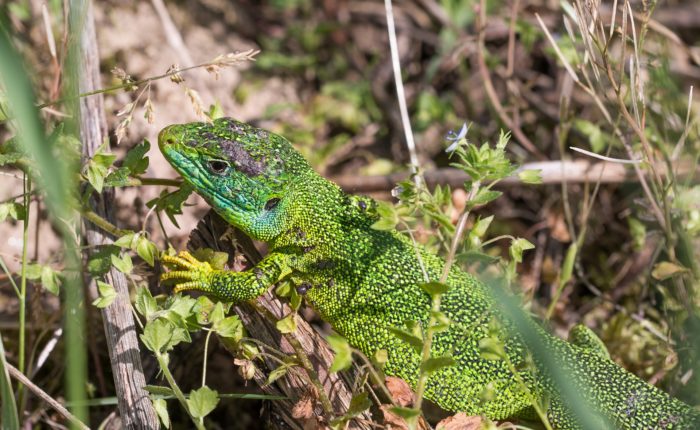

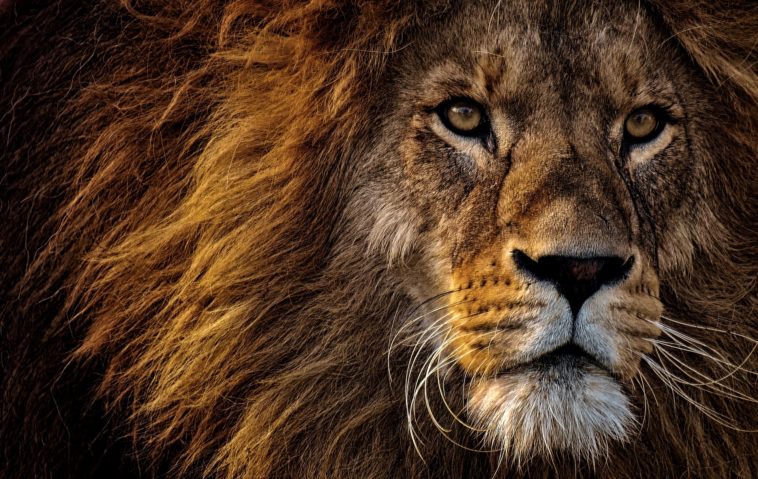


Comments
Loading…